FODMAPs, an acronym for fermentable oligosaccharides, disaccharides, monosaccharides, and polyols, refer to a category of carbohydrates that the body may find difficult to digest. For individuals experiencing digestive challenges, limiting these substances in their diet could be beneficial. The impact of diet on one’s health is significant, and digestive issues are widespread.
FODMAPs are carbohydrates present in various foods, including wheat and beans. Research has established a clear connection between FODMAPs and digestive discomforts such as bloating, gas, stomach pain, diarrhea, and constipation. Adopting a diet low in FODMAPs can offer significant relief to many suffering from common digestive conditions.
This guide offers an in-depth look at FODMAPs and the principles of a low FODMAP diet, tailored for those just beginning to navigate this dietary approach.
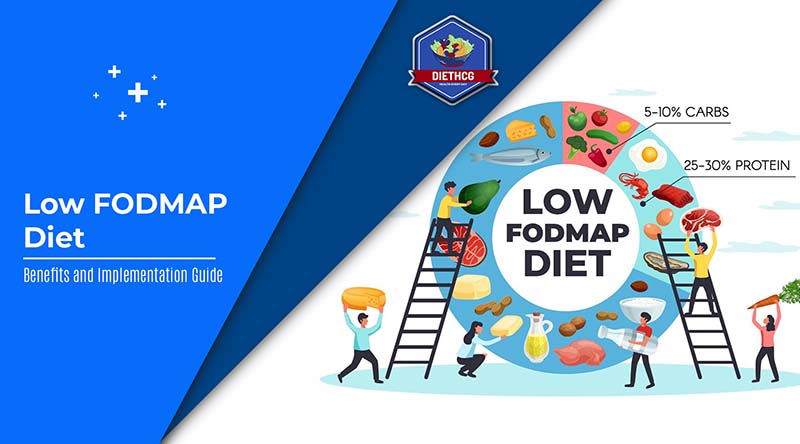
1. What Is a Low-FODMAP Diet?
A low-FODMAP diet involves reducing the intake of specific types of carbohydrates that are difficult for some people to digest. These include certain sugars and fibers that can’t be absorbed well by the body. Instead of being digested, these carbs travel to the far end of your intestine, where they’re fermented by gut bacteria. This process can produce gas and attract water into the intestine, leading to symptoms like bloating, gas, and diarrhea, especially in people with irritable bowel syndrome (IBS).
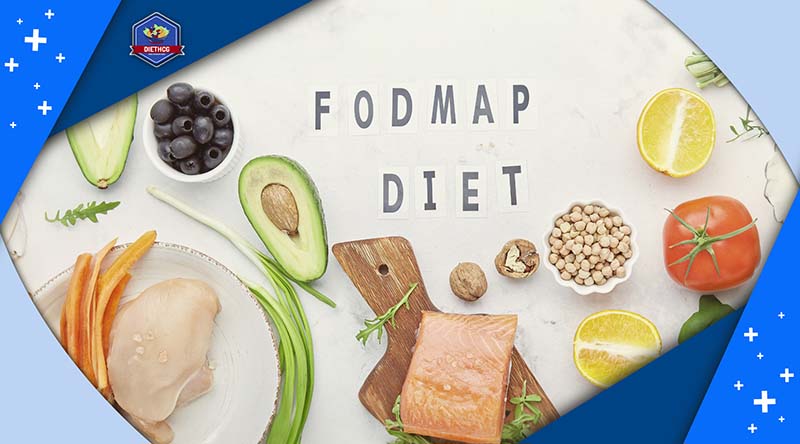
The main categories of FODMAPs include:
- Fructose: This is a type of simple sugar present in many fruits, vegetables, and sweeteners. It’s also a part of table sugar and common in processed foods.
- Lactose: This carbohydrate is found in milk and other dairy products.
- Fructans: These are found in several types of grains, such as wheat, spelt, rye, and barley.
- Galactans: Mainly present in legumes like beans and lentils.
- Polyols: These are sugar alcohols used as sweeteners, found naturally in some fruits and vegetables and used in sugar-free products.
2. Why Are FODMAPs Hard to Digest?
FODMAPs are types of carbohydrates that are tough for some people’s bodies to digest. This is because they are made up of sugar molecules linked together in chains. For our bodies to absorb them properly, these chains need to be broken down into single sugar molecules. However, FODMAPs resist this breakdown process in the small intestine, where nutrient absorption typically occurs.
Since FODMAPs can’t be easily broken down or absorbed, the small intestine pulls in extra water to try and flush them through to the large intestine. Once these unabsorbed sugars reach the large intestine, the bacteria that reside there start to ferment them. This fermentation process is essentially the bacteria ‘eating’ the FODMAPs, which then produces gases and fatty acids as waste products. It’s this gas production and extra water in the intestines that can lead to discomfort, bloating, and other digestive issues for some people.
3. Are FODMAPs Harmful to Everyone?
FODMAPs are not harmful to everyone. In fact, our bodies are equipped to handle foods that we can’t digest entirely, such as dietary fiber, which plays a crucial role in maintaining digestive health. Additionally, the process of feeding the bacteria in our gut is a natural and beneficial part of our relationship with these microorganisms.
However, for individuals with sensitive digestive systems, consuming foods high in FODMAPs can lead to discomfort. These people might experience symptoms like gas, bloating, abdominal pain, and distension due to the byproducts of fermentation. Moreover, the additional water that the small intestine draws in to deal with undigested FODMAPs can lead to diarrhea or, conversely, constipation if there’s not enough water.
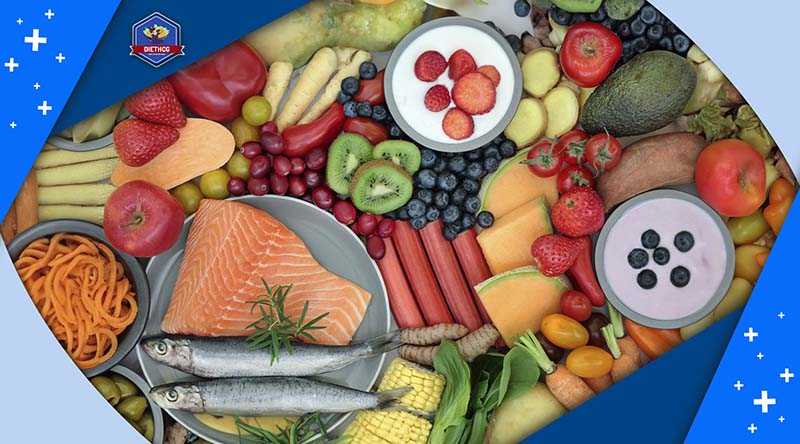
4. Benefits of a Low FODMAP Diet
The low FODMAP diet is primarily designed to ease uncomfortable digestive symptoms for individuals suffering from irritable bowel syndrome (IBS) and potentially other gastrointestinal (GI) conditions, as highlighted by Kate Scarlata, a Boston-based dietitian with a focus on digestive health. This diet may not provide significant benefits to people who do not have IBS or similar gastrointestinal problems, as many foods high in FODMAPs also contain essential nutrients, including also fiber.
This diet is generally not recommended for people with eating disorders or for those on highly restrictive diets, such as veganism, due to potential challenges in meeting nutritional requirements.
However, for those dealing with IBS, adopting a low FODMAP diet can lead to notable improvements. Research, including a 2017 study published in Clinical Gastroenterology and Hepatology, has shown that following this diet can enhance the quality of life, reduce psychosocial symptoms like anxiety, and even improve work performance for adults affected by IBS.
5. Foods High in FODMAPs
Here are some common foods and ingredients that are known to be high in FODMAPs, which may cause digestive issues for some individuals:

- Fruits: This category includes apples, apricots, blackberries, cherries, dates, figs, pears, peaches, plums, and watermelon. These fruits contain high levels of fructose, which can be difficult to digest for some people.
- Sweeteners: These include agave nectar, honey, high fructose corn syrup, and sugar alcohols like sorbitol, mannitol, and xylitol. These sweeteners can draw extra water into the gut or be fermented by gut bacteria, leading to symptoms like gas and bloating.
- Vegetables: Certain vegetables such as artichokes, asparagus, cauliflower, garlic, mushrooms, onions, and peas are high in FODMAPs. These can ferment in the large intestine, causing discomfort.
- Dairy Products: Items like ice cream, soft cheeses (e.g., cottage cheese, ricotta), sour cream, and whey protein supplements can be problematic for those with lactose intolerance, a common FODMAP issue.
- Legumes: This group includes beans, chickpeas, lentils, and soybeans, which are high in galacto-oligosaccharides, a type of FODMAP that can be hard to digest.
- Wheat and Other Grains: Wheat-based foods like bread, pasta, and certain breakfast cereals, as well as other grains like barley and rye, are high in fructans, a form of FODMAP.
- Beverages: Drinks such as fruit juices, soft drinks with high fructose corn syrup, and certain types of alcohol and milk (like coconut water, oat milk, and soy milk) may also contain high levels of FODMAPs.
6. What Does a Low FODMAP Diet Include?
A Low FODMAP Diet consists of limiting certain carbohydrates that can cause digestive problems. It’s not about eliminating FODMAPs entirely, which is impractical, but rather reducing their intake to ease symptoms.
6.1 Meat, Fish, Eggs
Generally safe unless they contain high FODMAP ingredients like wheat or high fructose corn syrup.
6.2 Types Of Nuts
Safe options include peanuts, macadamia nuts, pine nuts, and sesame seeds. Avoid pistachios, almonds, and cashews due to their high FODMAP content.
6.3 Fruits
You can enjoy unripe bananas, cantaloupe, grapefruit, kiwi, lemons, limes, mandarins, certain melons (excluding watermelon), oranges, passionfruit, and strawberries.
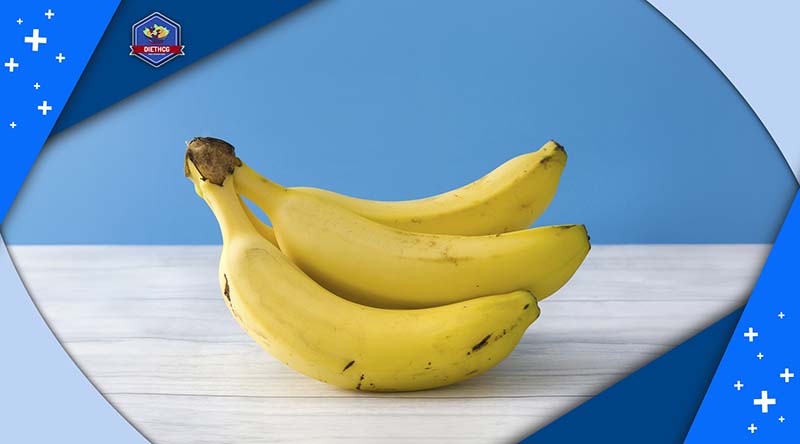
6.4 Vegetables
Suitable vegetables include alfalfa, bell peppers, bok choy, carrots, celery, chives, cucumbers, eggplant, ginger, green beans, kale, lettuce, olives, parsnips, potatoes, radishes, spinach, spring onions (green parts only), squash, sweet potatoes, tomatoes, turnips, water chestnuts, yams, and zucchini.
6.5 Cereals
Low FODMAP cereals include corn, oats, quinoa, rice, sorghum, and tapioca.
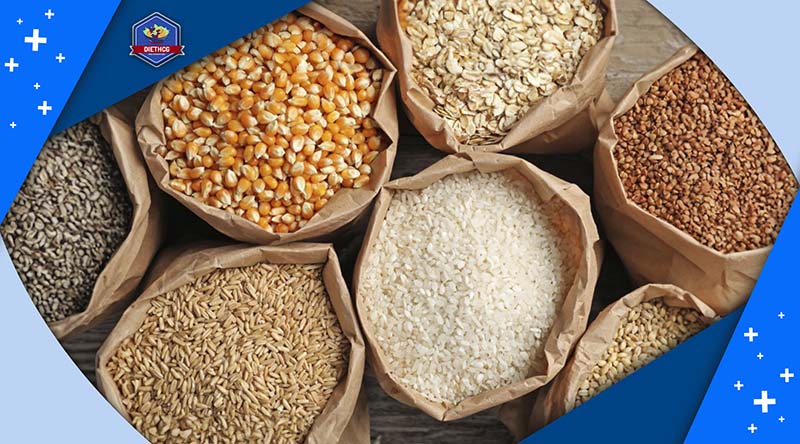
6.7 Other Foods or Ingredients
This category encompasses all fats and oils, most herbs and spices, sweeteners like maple syrup and stevia, lactose-free dairy products, hard cheeses, and aged softer cheeses such as Brie and Camembert. Safe beverages include water, coffee, and teas like green, black, and white.
Remember, these lists are not complete. Foods not mentioned here could also be high or low in FODMAPs. Everyone’s body reacts differently, so you may tolerate some high FODMAP foods well or experience symptoms from foods typically considered low in FODMAPs. Portion size can also impact your sensitivity and symptoms. Find out what’s best for your body and dietary needs.
7. How to Implement a Low FODMAP Diet
A lot of the foods we eat every day have high levels of FODMAPs.
Experts often advise cutting out all high FODMAP foods for a couple of weeks to see if it makes a difference. Trying to remove just a few of these foods might not give you the results you’re looking for.
If FODMAPs are behind your digestive troubles, you might start feeling better in just a few days.
After about three weeks, you can start bringing back some of these foods into your diet, one at a time. This way, you can figure out exactly which foods are causing your discomfort. If a particular food consistently makes your digestion worse, it’s probably best to leave it out of your diet for good.
Starting and sticking to a low FODMAP diet can be tough on your own. It’s really helpful to talk to a healthcare provider or a dietitian who knows about FODMAPs, if you can.
Getting professional advice can also stop you from cutting out more foods than necessary. Some tests can pinpoint whether you need to avoid specific FODMAPs like fructose or lactose, so you might not have to give up all high FODMAP foods.
8. What Should I Do Before Starting a Low FODMAP Diet?
Before starting a Low FODMAP Diet, you need to prepare properly to ensure an effective, safe diet to control the symptoms of irritable bowel syndrome. Here are essential steps to take:
- Consult with a Healthcare Professional: Speak with a doctor or dietitian who specializes in IBS. They can confirm whether the Low FODMAP Diet is suitable for you and provide personalized guidance.
- Understand the Purpose: Comprehend that the Low FODMAP Diet is designed to identify foods that trigger your IBS symptoms. The goal is to create a diet that reduces these triggers while still being nutritionally balanced.
Follow the 3-Step Diet Plan: The plan includes:
- Step 1: Replace high FODMAP foods with low FODMAP alternatives for 2-6 weeks, monitoring any changes in symptoms.
- Step 2: While maintaining the low FODMAP diet, start reintroducing high FODMAP foods one by one to pinpoint your triggers.
- Step 3: Gradually reintroduce foods that you tolerate well, aiming to establish a long-term diet that minimizes your personal trigger foods.
- Maintain a Food Diary: Record your food intake and symptoms. This can be done manually or with tools like the Monash FODMAP App, which is especially helpful for tracking and identifying trigger foods throughout the diet’s phases.
- Seek Professional Support: Engage with a dietitian experienced in IBS and the Low FODMAP Diet. They can provide essential support and guidance, ensuring you correctly implement the diet and maintain nutritional balance.

9. How Long Should I Maintain a Low FODMAP Diet?
The low FODMAP diet’s rising popularity and effectiveness have led to its adoption by thousands worldwide, offering hope for those struggling with IBS symptoms. This is indeed promising news, providing a viable option for managing IBS for many.
However, there’s a caveat to its success. The swift embrace of the diet, often undertaken without the guidance of a dietitian experienced in the low FODMAP approach, has resulted in a significant number of individuals adhering to a strict low FODMAP regimen over the long haul. This trend is becoming increasingly visible, especially with the proliferation of social media. The reasons for such stringent adherence include:
- Fear that symptoms will re-emerge upon consuming high FODMAP foods
- Confusion caused by conflicting information online about which foods are considered safe
- The misconception that the diet should be a lifelong commitment, often influenced by all the factors mentioned above
In reality, the low FODMAP diet is intended for strict adherence only during the initial phase of 2-6 weeks until symptoms improve. After this phase, a dietitian should guide gentle reintroductions of high FODMAP foods to determine personal tolerance levels. This process is crucial for maintaining a balanced diet and preventing unnecessary long-term restrictions.
10. Conclusion About the Low FODMAP Diet
In summary, the Low FODMAP Diet offers a beacon of hope for those struggling with IBS, providing a pathway to better digestive health and an improved quality of life. We’ve covered the essential steps to start, navigate, and successfully maintain this diet, emphasizing its potential to bring relief and comfort to your daily routine. We’re eager to hear about your journey and experiences with the Low FODMAP Diet. Share your stories and feedback in the comments below, and don’t forget to explore more insightful blogs from DietHCG for additional guidance and support on your health journey. Together, we can navigate the path to better health.


